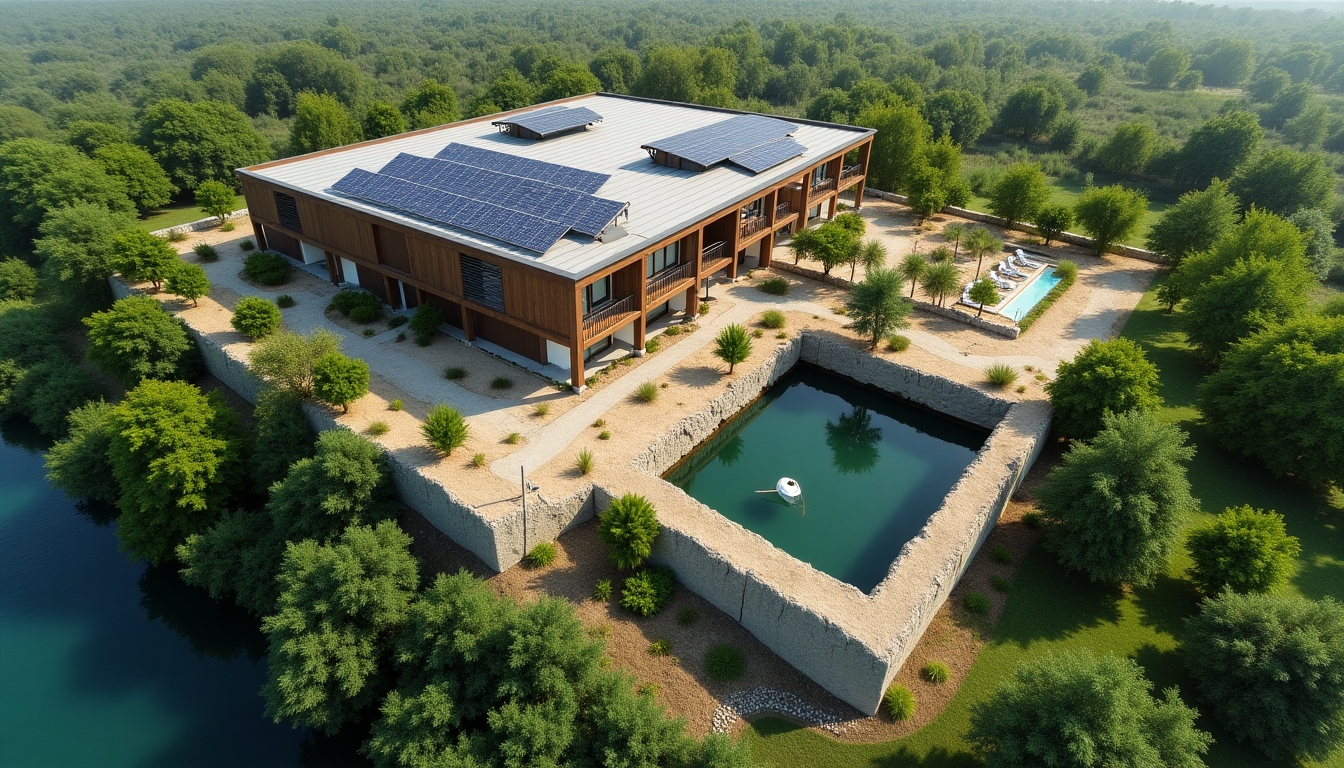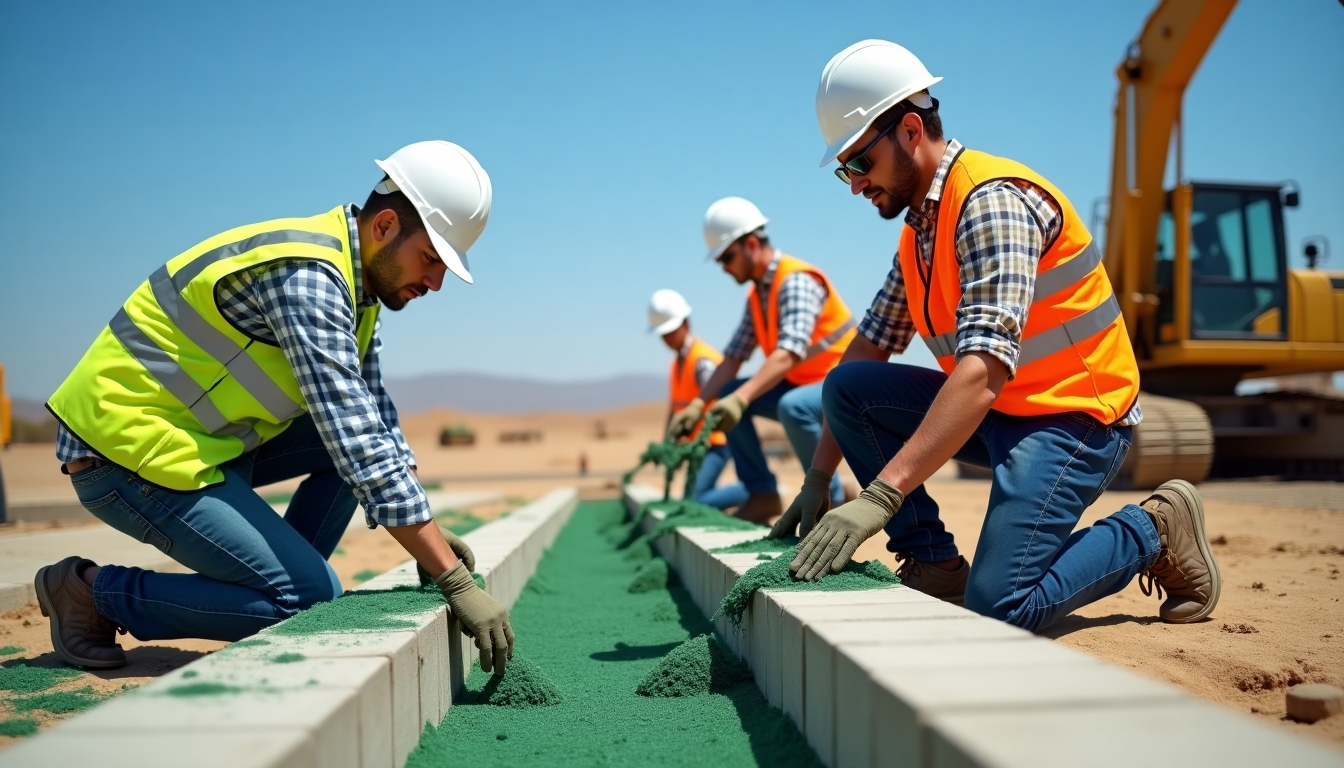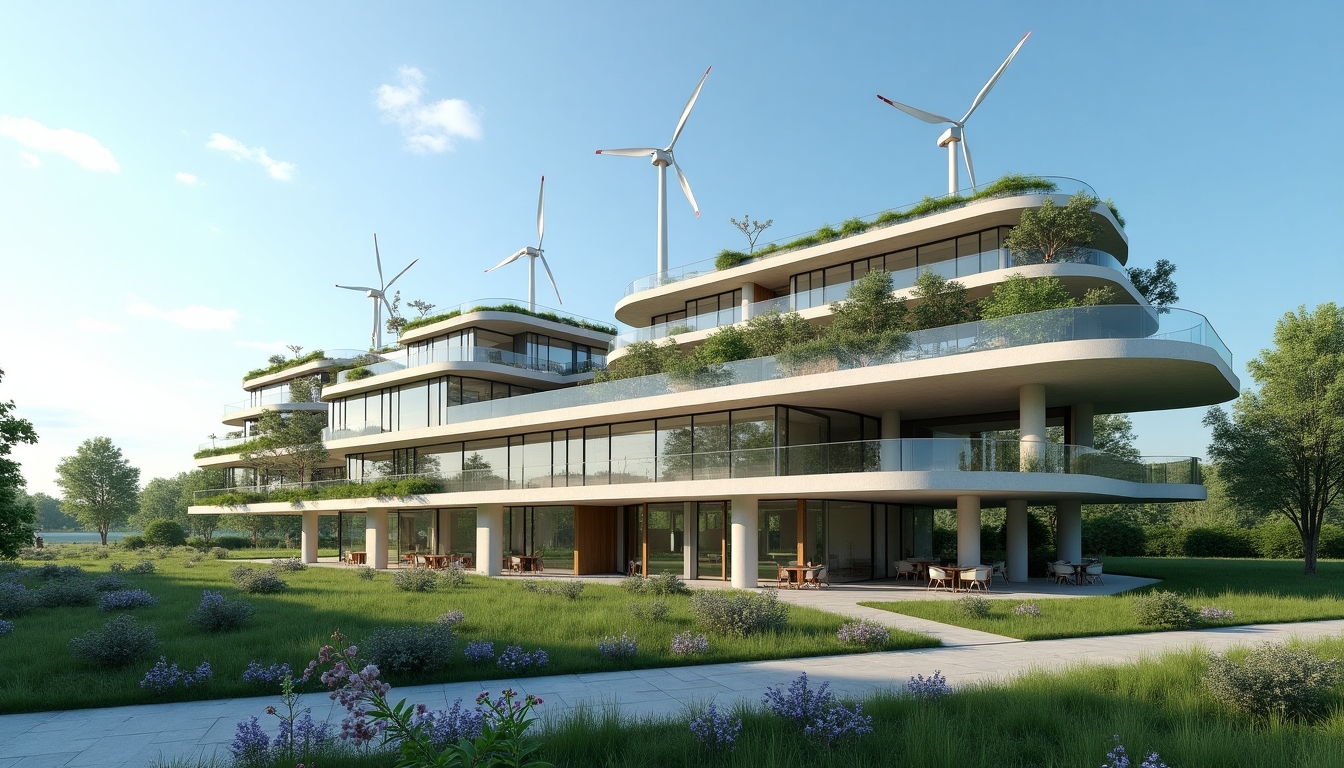Foundational Design for Sustainable Architecture
The Essentials of Foundational Design for Sustainable Architecture
Foundational design for sustainable architecture is crucial for creating eco-friendly buildings. It incorporates shallow foundations and other techniques to minimize environmental impact while maintaining structural integrity.
Understanding Foundation Design
Foundation design is the process of determining the appropriate type and dimensions of a building's foundation. By focusing on sustainable materials and innovative design practices, architects can greatly reduce energy consumption and environmental impact.
| Foundation Type | Description |
|---|---|
| Shallow Foundations | Suitable for low-rise structures and involve less material and excavation. |
| Deep Foundations | Used for high-rise buildings, often involve more resources and impact. |
| Green Foundations | Incorporate recycled materials and energy-efficient designs. |
The choice between shallow foundations and deep foundations often hinges on the building's specifications and environmental goals.
Why is Foundational Design Important?
Foundational design is not just about structural support. It's about sustainability, efficiency, and contributing to the building's overall environmental footprint. It can guide water drainage, protect against soil erosion, and even support temperature regulation.

Shallow Foundations in Sustainable Architecture
Shallow foundations rest closer to the earth's surface. They are favorable for their low environmental impact, cost-effectiveness, and resource efficiency. They work well with buildings that aim to be sustainable due to their smaller material footprint.
Advantages of Shallow Foundations:
- Cost Efficiency: Requires less material and labor.
- Environmentally Friendly: Minimal excavation reduces disturbance to the land.
- Speed of Construction: Faster to implement compared to deep foundations.
For sustainable architecture, integrating shallow foundations can significantly reduce the carbon footprint of a building project. It requires careful planning to ensure it meets all the structural demands without compromising sustainability.

Personal Insights on Foundation Design
From my experience in sustainable architecture, choosing the right foundation involves balancing ecological impact and building requirements. I've seen projects transform just by opting for sustainable, shallow foundations that not only save resources but also fostered closer community ties through cooperative design.
Innovative Solutions in Foundation Design:
- Recycled Material Use: Utilizing materials like reused concrete or permeable materials for foundation bases.
- Geothermal Integration: Incorporating geothermal heating elements into foundation design to save energy.
- Prefabricated Units: Reducing waste with precast foundation sections.
The integration of these solutions can result in massive cost savings over the lifecycle of a building and contribute significantly to sustainability goals, aligning with both environmental and economic objectives.

Reflecting on the Transition to Sustainable Foundations
Switching to sustainable foundation solutions has a learning curve, especially for teams entrenched in traditional practices. Emphasizing the long-term benefits and potential savings with stakeholders is vital for successful implementation and broader acceptance.
Concluding Thoughts on Foundational Design for Sustainable Architecture
Integrating sustainable practices into foundational design is key to the future of architecture. Whether utilizing shallow foundations or employing recycled materials, these strategies offer substantial environmental benefits.
By prioritizing foundational design that respects and collaborates with nature, we pave the way for structures that not only stand the test of time but also contribute to a healthier planet.






